Yates Account
Join now
Create a Yates account today!
Sign up to join the Yates Garden Club for monthly e-mails packed with seasonal inspiration, tips for success & exclusive promotions.
Plus if you’re a Garden Club member you can take part in the Yates Growing Community - a blog to share successes, get advice & win prizes in fun challenges along the way!

Forgot password
Enter the email address associated with your account, and we'll email you a new password.
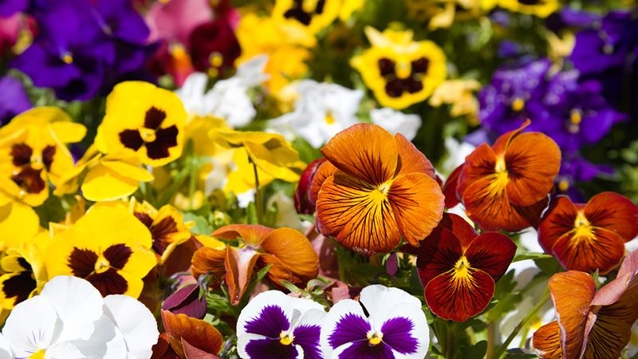
Pansies (Viola X wittrockiana) are bright and happy flowers, some having a delicate fragrance. Their lovely face-like blooms brighten any winter garden and make a colourful border planting or container plant.
How to grow Pansies in a garden
Starting from a seedling or potted plant:
- Choose a position in full sun or part shade with well-drained soil.
- Enrich the soil with Yates Thrive Natural Blood & Bone with Seaweed.
- When planting into prepared garden bed, ensure seedlings are well spaced – at least 20 to 30cm apart.
- Dig the planting hole twice as wide and to the same depth as the root-ball. Remove the plant from the container. Position in hole and backfill, gently firming down. Form a raised doughnut shaped ring around the plant, creating a well so that water will go where it’s needed most.
- Water in gently and keep soil moderately moist at all times.
- Mulch with an organic mulch such as bark chips, woodchip or pea straw to a depth of 5 - 8cm, keeping it away from the base of the plant.
- Feed with Yates Thrive Rose & Flower Granular Plant Food. TIP: for an added boost, apply Yates Thrive Roses & Flowers Liquid Plant Food.
Starting from seed:
- Fill starter pots or trays with Yates Black Magic Seed Raising Mix. Sow seeds, lightly cover with a 6mm layer of mix, firm down and gently water in well. Keep moist at all times and place in a warm and sheltered position until seedlings have grown to 5 cm tall, then plant into the garden.
- Alternatively, sow direct where they are to grow in rows or in scattered clumps around the garden. Cover with a 6mm layer of Yates Black Magic Seed Raising Mix. Lightly firm down and keep moist. Just be sure to enrich the soil with Yates Thrive Natural Blood & Bone with Seaweed prior to sowing.
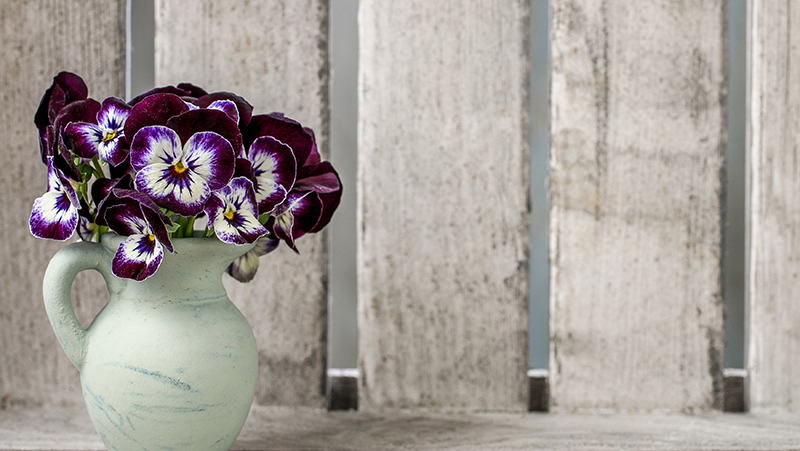
How to grow Pansies in a pot
Starting from a seedling or potted plant:
- Choose a pot at least 200mm wide with adequate drainage holes.
- Position pot in full sun or part shade.
- Fill the pot with a quality potting mix such as Yates Premium Potting Mix.
- Remove the plant from the container. Position in hole and backfill, gently firming down.
- Water in gently and keep mix moderately moist at all times.
- Feed with Yates Thrive Roses & Flowers Liquid Plant Food. TIP: for an added boost, apply Yates Thrive Natural Fish & Seaweed+ Plant Food Concentrate.
Starting from seed:
- Fill starter pots or trays with Yates Black Magic Seed Raising Mix. Sow seeds, lightly cover with a 6mm layer of mix, firm down and gently water in well. Keep moist at all times and place in a warm and sheltered position until seedlings have grown to 5 cm tall, then plant into the pot.
- Alternatively, sow directly into the pot where they are to grow. Cover with a 6mm layer of Yates Black Magic Seed Raising Mix. Lightly firm down and keep moist.
A cheerful blend of large blooms in bold, bright colours. Pansies are perfect for adding splashes of colour over Winter.
Pansy 'Imperial Antique Shades'
A pretty watercolour palette, with velvety blooms that mellow from a rich cranberry rose, to dusky peach, then pastel apricot.
Growing tips
- Remove spent blooms to encourage further flowers.
- Flowers are edible and are a great addition to salads, desserts and cakes.
- Kids love picking these flowers and creating little posies with them.
More Plants
Gomphrena
Gomphrenas are hardy plants that provide lovely rounded, papery flower heads. They're available in shades of white, pink and plum.
Orange Trumpet Vine
Orange trumpet vine, with its brilliant cascading masses of orange tubular flowers, is one of the most spectacular winter flowering climbers.
Spring Stars
Spring Stars are a versatile addition to any garden with delightful lavender-blue, star shaped blooms.
Flax
Flaxes (Phormium spp.) are highly versatile plants which don't mind swampy or dry conditions. Great for large pots or planted en-masse in garden beds.
Recommended products
Yates Thrive Rose & Flower Granular Plant Food
Specially formulated to grow all types of flowers. With high potassium for large & abundant flowers, added calcium & iron for stronger flowers.
Yates Thrive Roses & Flowers Liquid Plant Food
Provides your flowers & roses with the balanced nutrients they require for healthy growth and flower production.
Yates Thrive Natural Blood & Bone with Seaweed
A certified organic garden input boosted with NZ Seaweed to gently nourish plants, enrich the soil and encourage a strong healthy root system.
Yates Premium Potting Mix
A premium potting mix, ideal for all potted plants and shrubs, including ornamentals, fruit trees, vegies and herbs.



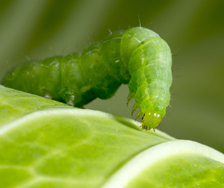
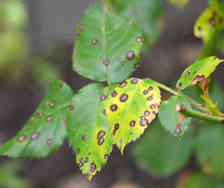
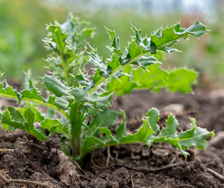
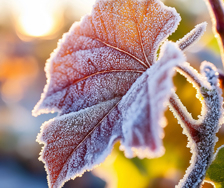
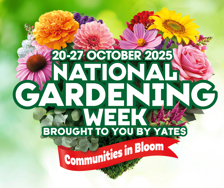











Share
Share this article on social media